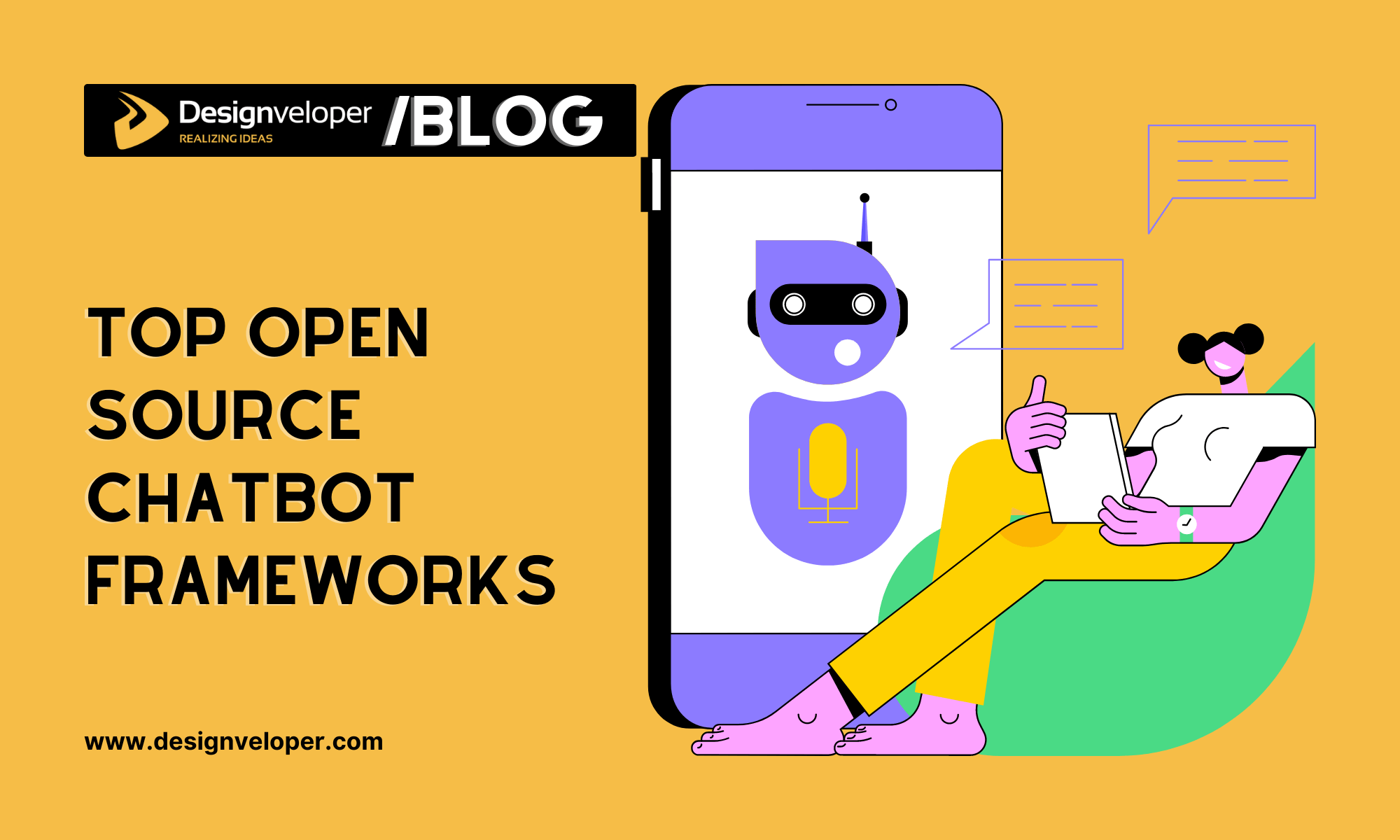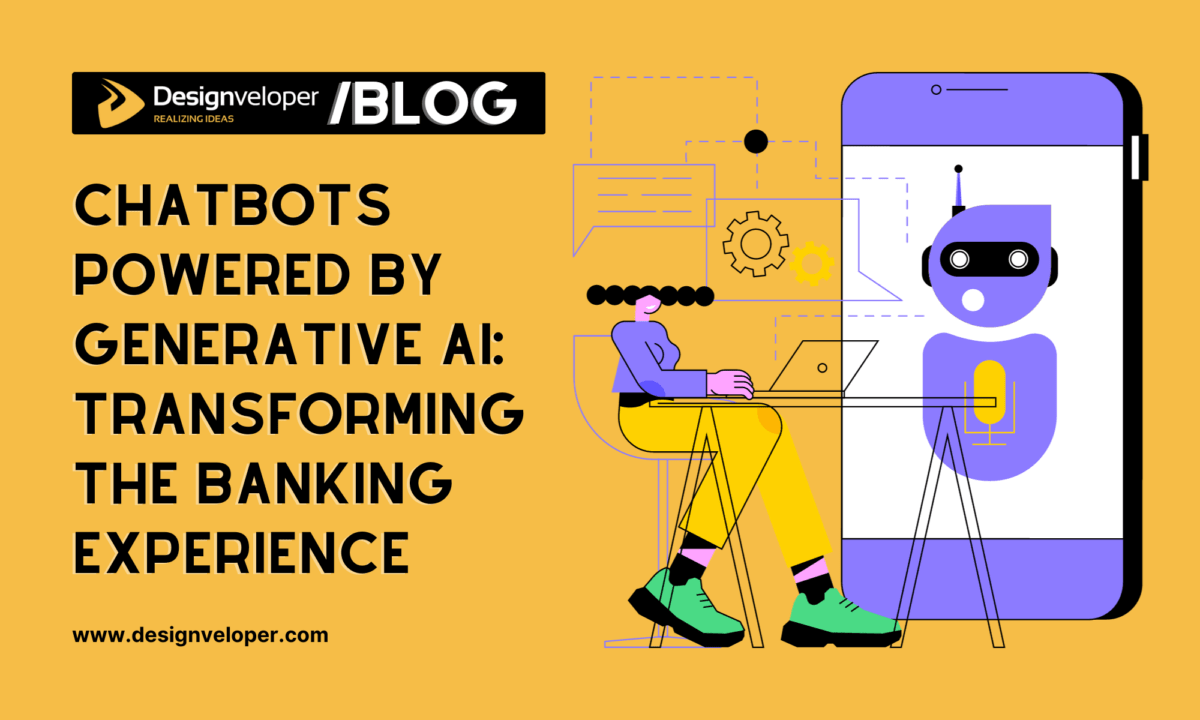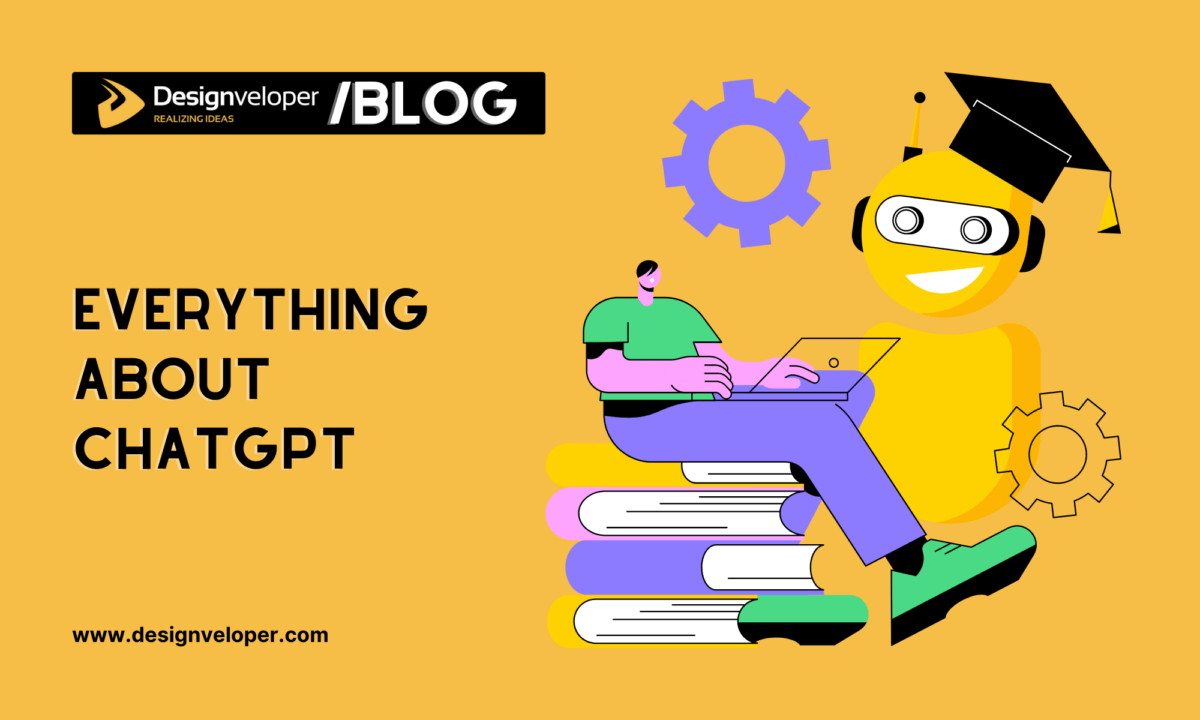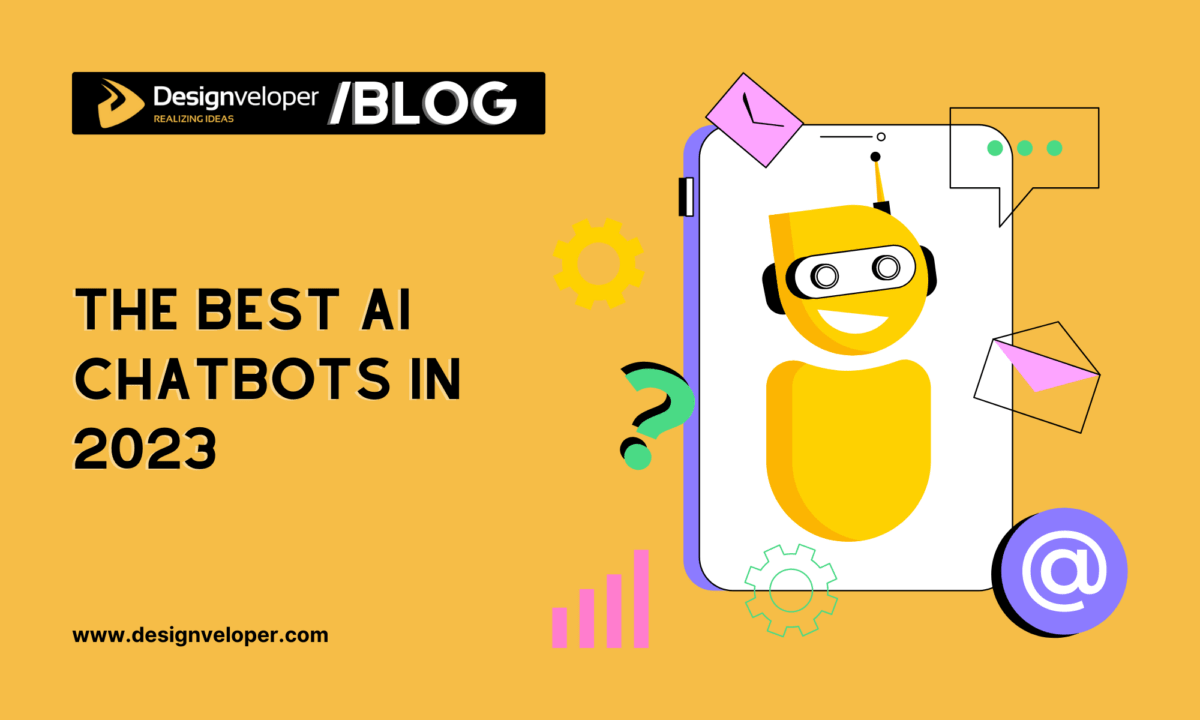TLDR: Microsoft Bot Framework, Google Dialogflow, Intercom, and Drift are our top open-source chatbot frameworks at the moment. However, there is more to dig in! It’s thrilling to see how technology is shaping our world and making it a better place. It helps human beings be more productive with less amount of effort spent.
Amongst many terrific inventions which are resulted in the development of technology, chatbots may be the most significant one.
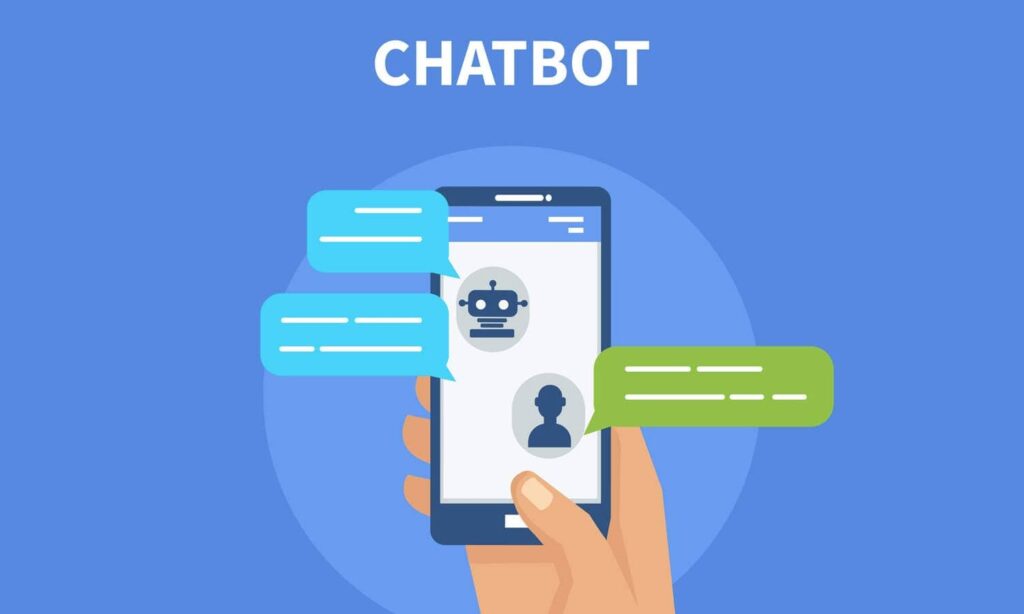
According to research by Invesp, these humanlike tools can help businesses save up to 30% of the cost used for customer support services. It’s all thanks to the fact that they successfully reduce lead time and can answer up to 80% of common questions or requests submitted by customers.
Best Open Source Chatbot Frameworks that You Should Know
Nevertheless, the number of chatbot frameworks in the market is definitely countless. As a consequence, to help you find out the most suitable chatbot framework, people at Designveloper has this piece to show you the best open-source chatbot framework at the moment!
Before reading this article you should know the basics of a chatbot: What Is a Chatbot And How Does It Work?
1. Microsoft Bot Framework
Microsoft is known for its popular OS – Windows, Microsoft Office Suite, and many other technology products. And in 2016, they launched a framework that allows developers to build their own chatbots for their software. Accordingly, in this framework, you can develop, connect, test and deploy your chatbots with the help of their experts.
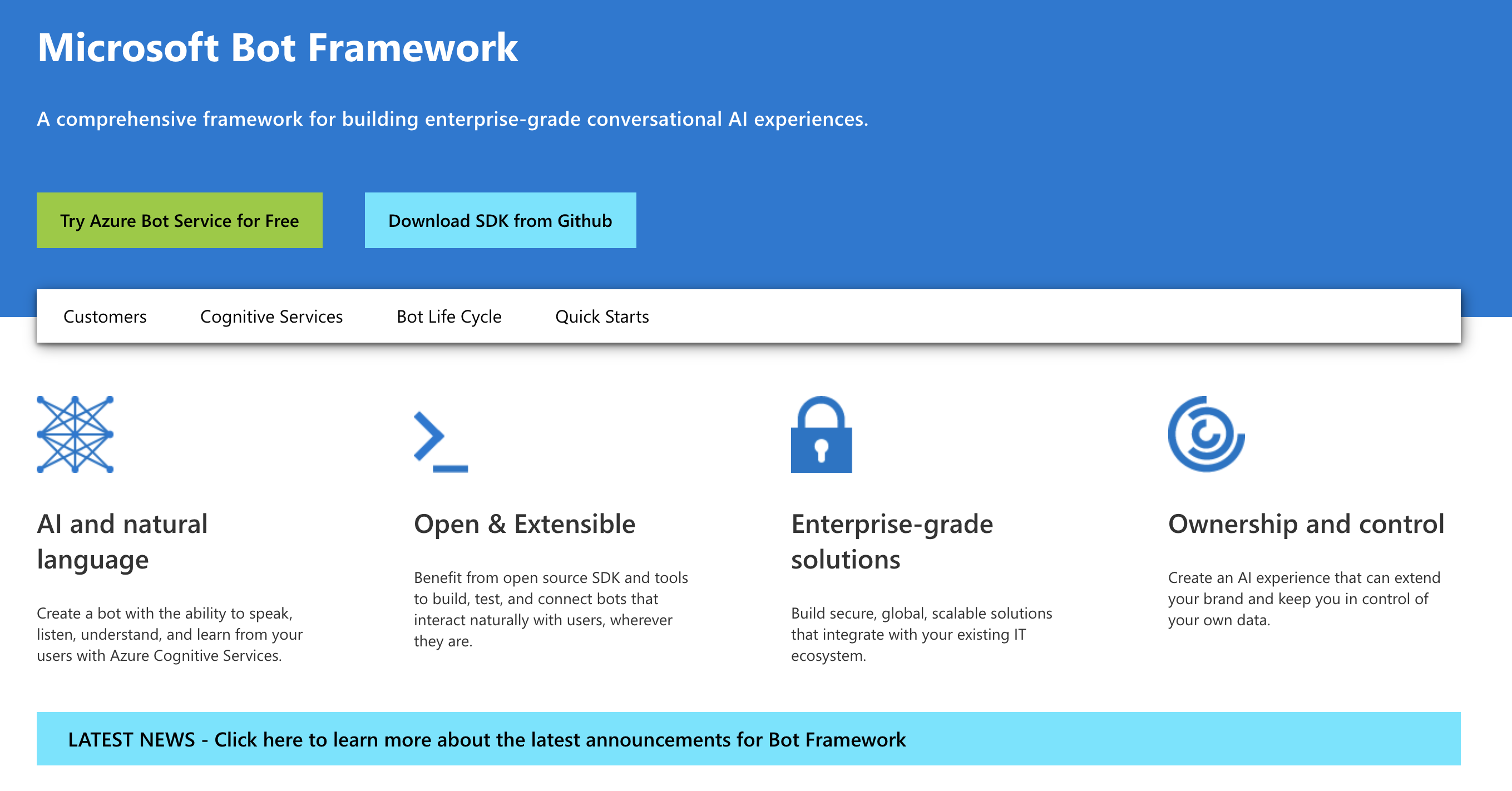
Upsides:
- You can easily design the conversation flow of your chatbot.
- Chatbots from Microsoft Bot Framework can collect information by asking a set of formatted questions.
- There are several chatbot templates for you to choose from (basic bot, form bot, language understanding bot, question and answer bot, proactive bot)
Downsides:
- Users meet connection issues from time to time.
- This product does not have a large community to discuss the tool.
- You need to know about programming to run this bot.
- There is a learning curve when users need to access more features and functions of the chatbot.
Compatible communication channels: Facebook Messenger, Slack, Skype, and Cortana.
Pricing: depending on many factors, communication channels, amount of message, level of support, for example. They offer free plans
Significant clients: Laliga, Telefonica, Adobe, etc.
Recommended reading: ChatGPT: Everything About the Hottest AI Chatbot in Tech
2. Google Dialogflow
Different from other chatbot frameworks, Google names its chatbot “agent”. So, let’s see how this giant guy is doing in this $17.17billion-worth market.
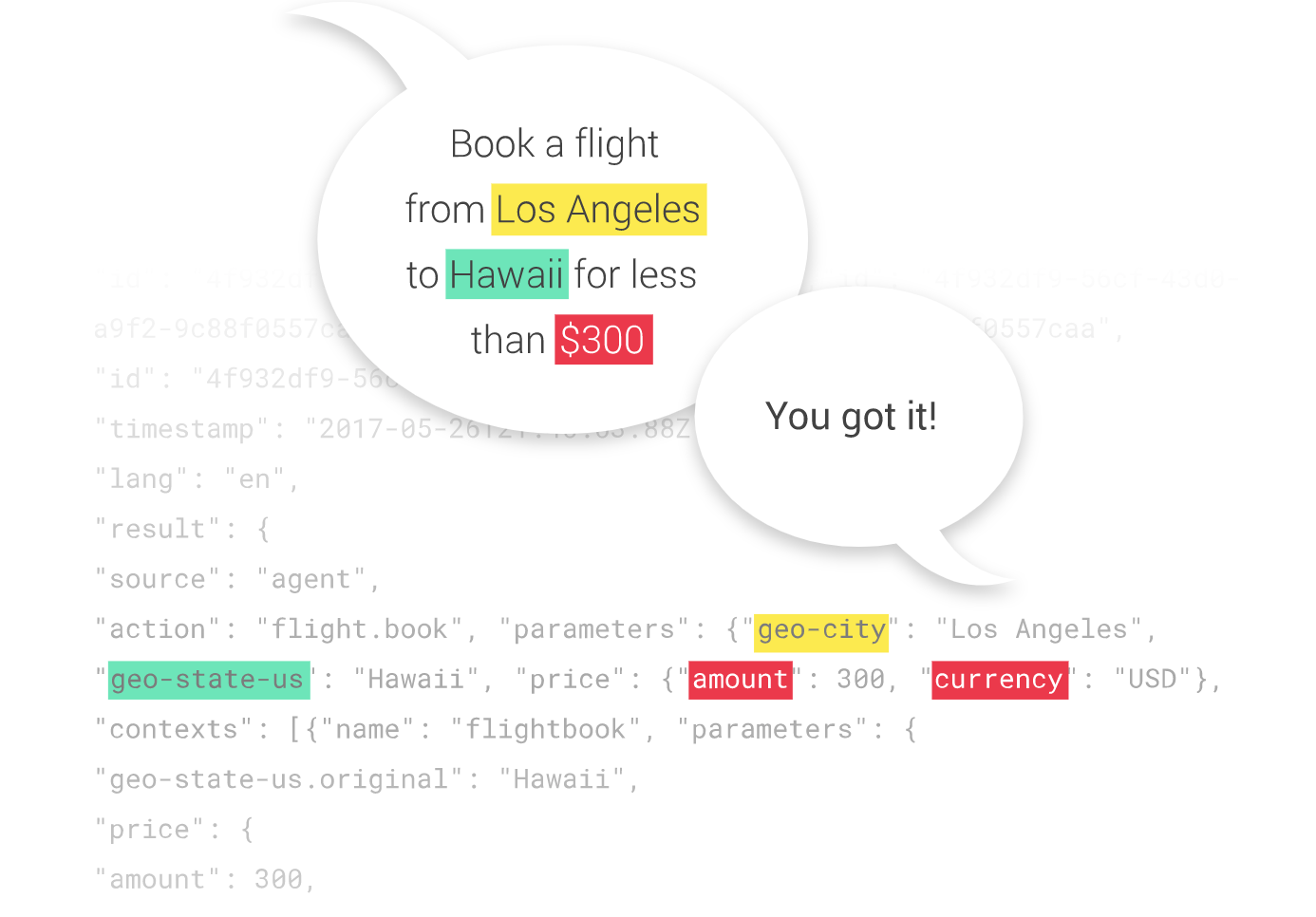
Upsides:
- This framework is powered by Google’s machine learning technology. As a result, its potential is huge.
- Google Dialogflow can build chatbots that run on many kinds of platforms.
- It provides users with built-in analytics.
- Dialogflow’s agents are able to understand the natural language.
- The product is scalable when your business gets bigger.
Downsides:
- Even though the framework is easy to use but people find it hard to integrate the product into their system.
- Just like Microsoft Bot Framework, users need to know about coding beforehand.
- It’s restricted to API’s.
Compatible communicating channels: multiple types of apps, websites, Amazon Alexa, Facebook Messenger, etc.
Pricing: Free or pay-as-you-go.
Significant clients: Comcast, Domino’s, Singapore Airlines (and maybe Google themselves).
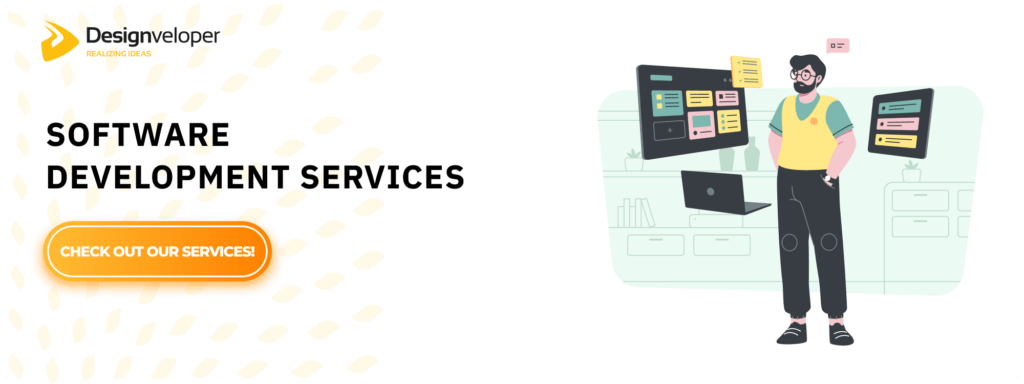
FURTHER READING: |
1. 8 Best AI Chatbot Smartest AI Chatbot |
2. 5 Best AI Chatbot Platforms to Use |
3. Create Chat App in Meteor in 40 Minutes |
3. Intercom
Intercom is one of the most appreciated chatbot frameworks at the moment. It does not only provide solutions for better customer relationships but also has a product to help your users get to know the service.
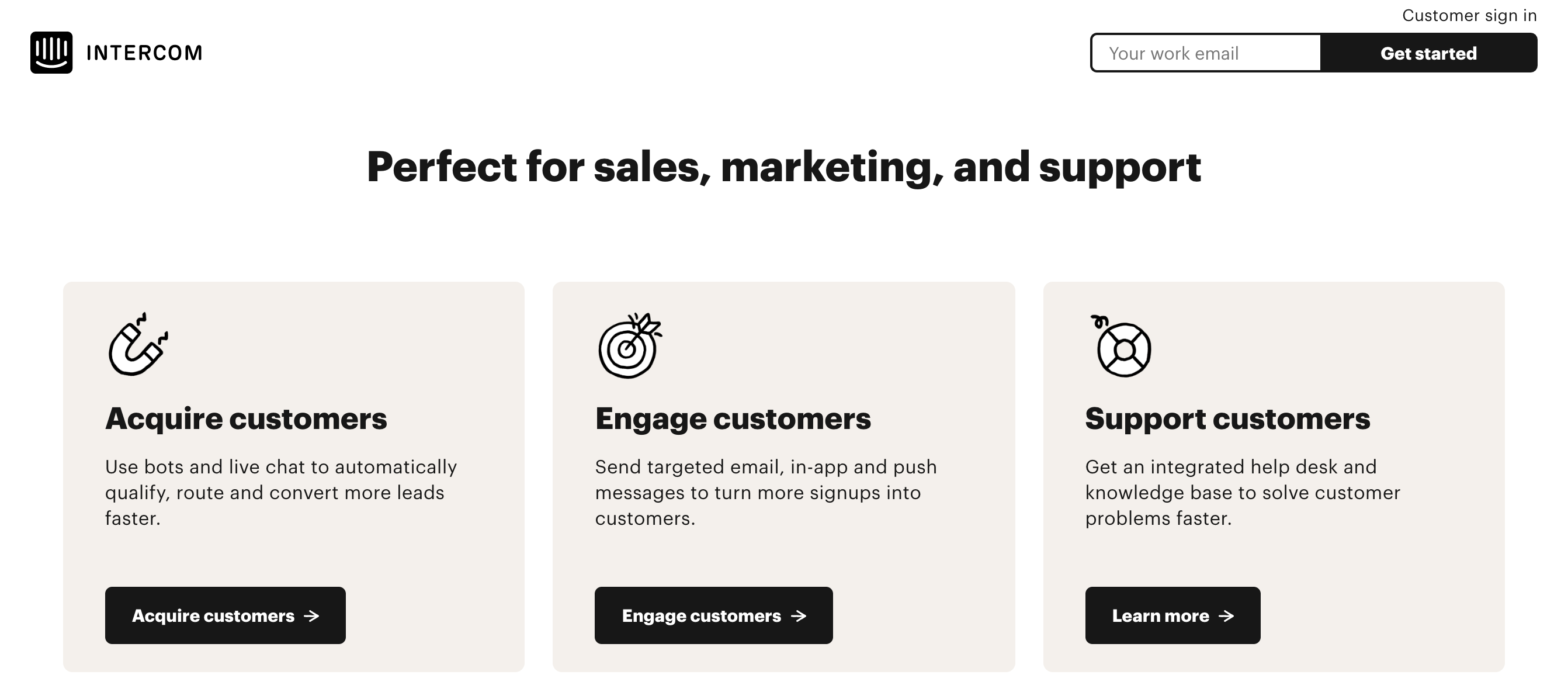
Upsides:
- The framework and its chatbots can support multiple languages.
- Clients are supported by their sales team and specialists.
- The process is easy to use and has beautiful UI/UX.
- CS staff can switch between multiple conversations at the same time.
Downsides:
- Users need a third-party service for knowledge base SSL.
- Chatbot reports are unclear and lack important ratios.
- Clients counter many teeny tiny bugs while using the framework (file uploading, photo resizing, etc.)
Compatible communicating channels: Facebook, website, Slack, etc.
Pricing: From $33 – $99.
Significant clients: Sotheby’s, Atlassian, Shopify, Housecall Pro, Unity.
Recommended reading: How to Use ChatGPT to Write an Essay: A Complete Guide for Students
4. Drift
Just like Intercom, Drift is a whole next-level system that allows you to communicate with customers more effectively. Besides chatbot, it also offers live chat, account-based marketing, email marketing, email bot, etc.
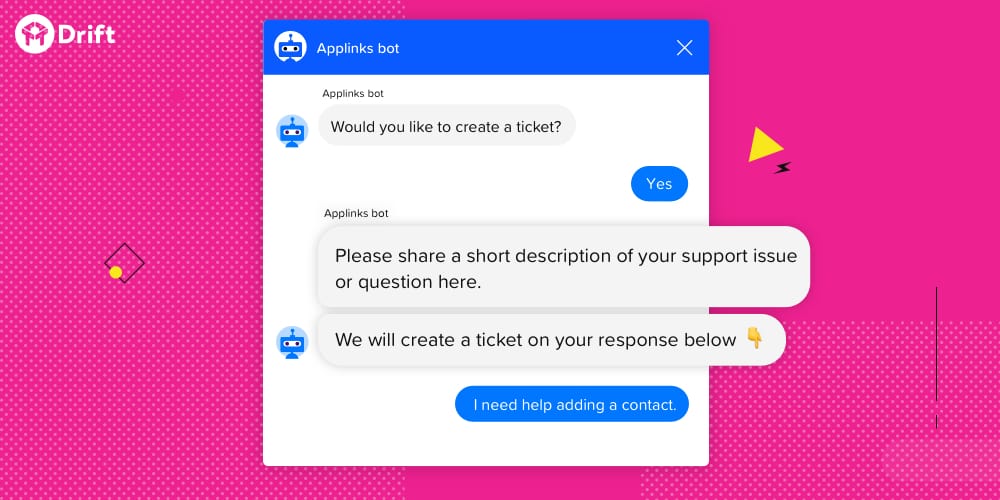
Upsides:
- This product can automatically book meetings for the sales team.
- Its chatbots are integrated with many knowledge base tools like Zendesk, Help Scout, Help Docs, etc.
- The drift team also published a lot of resources so that their clients can do research and learn of this system easier.
- The chatbot is able to qualify leads and recognize old visitors.
- Many businesses considered it an affordable service.
Downsides:
- Notifications are slow sometimes.
- There is some trouble when integrating it with other services (Hubspot, Salesforce)
- The report template is a bit clunky.
Compatible communicating channel: website.
Pricing: starting from $40.
Significant clients: 15five, TradeGecko, OrderMark, CoreCloud, etc.
5. ChatterBot

ChatteBot was created by Python and is able to respond in different languages as it can be trained in any desired language.
Pricing: $37 for front-end.
6. Botkit
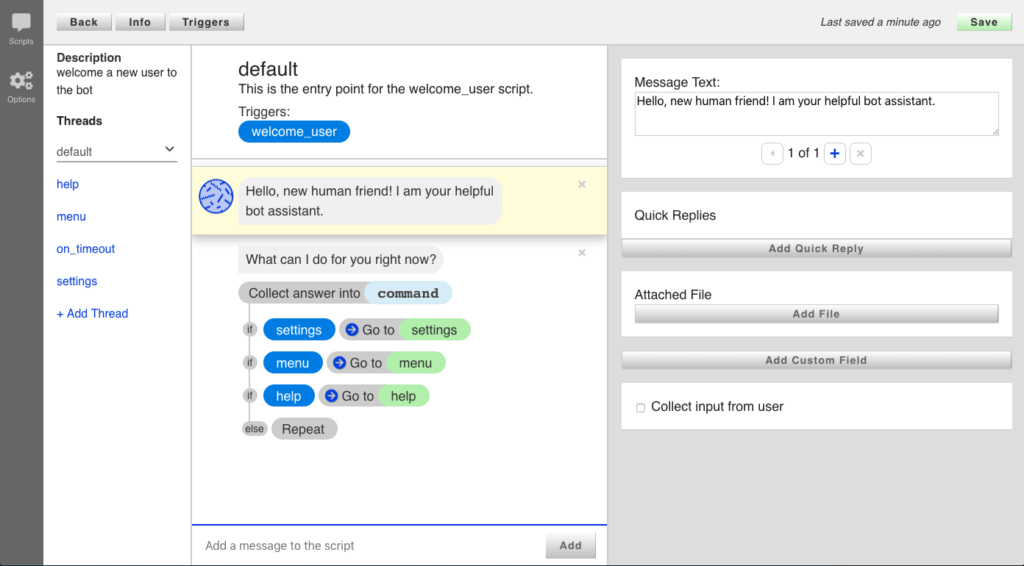
This is an open-source chatbot framework developed by Microsoft itself. Its website gives us a full picture of how to develop it in a concise and detailed manner. Besides, you can get help when facing trouble in Slack which is a community of 10000 developers.
Pricing: free.
7. Botpress
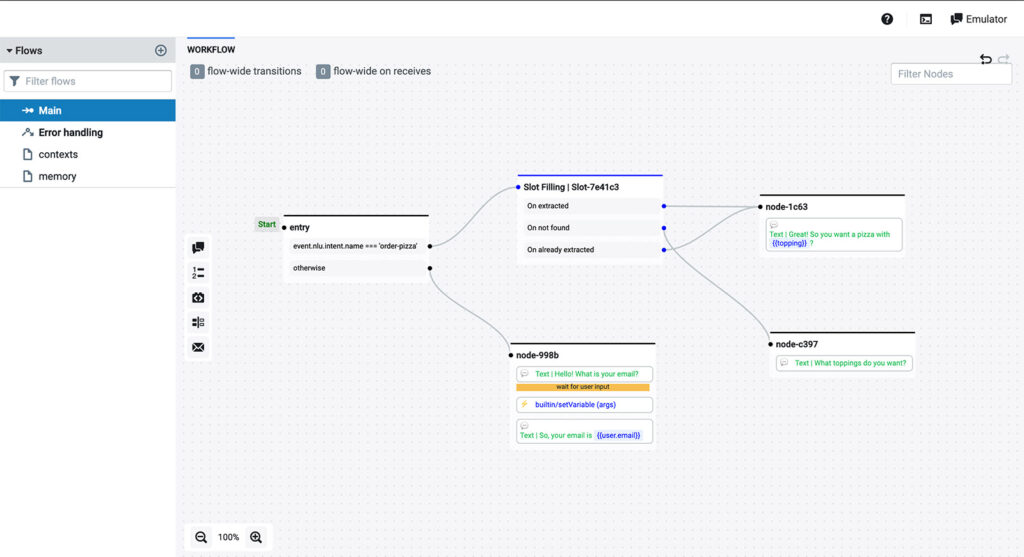
This chatbot framework is tested by developers from all around the world so that bugs and errors are limited and features are upgraded. However, the provider also offers a paid chatbot builder that best suits large-scale companies and enterprises.
On the whole, analytics and reporting and human-in-the-loop are two of its most useful and insightful features.
Pricing: contact.
8. Wit.ai
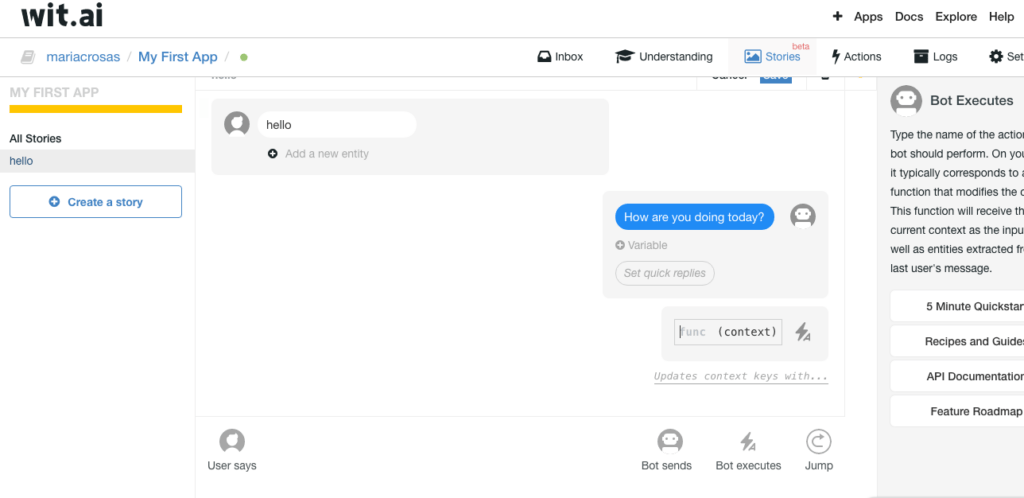
Similar to Botkit, Wit.ai is a tech giant, and it’s no other than Facebook. Since its acquisition in 2015, Wit.ai has become the best choice for many businesses.
For example, Aisa Holmes is a bot that uses the Wit.ai NLP engine to support real estate companies to answer clients.
Additionally, this free and open-source chatbot builder is able to support 132 languages with voice control features.
Pricing: free.
9. IBM Watson
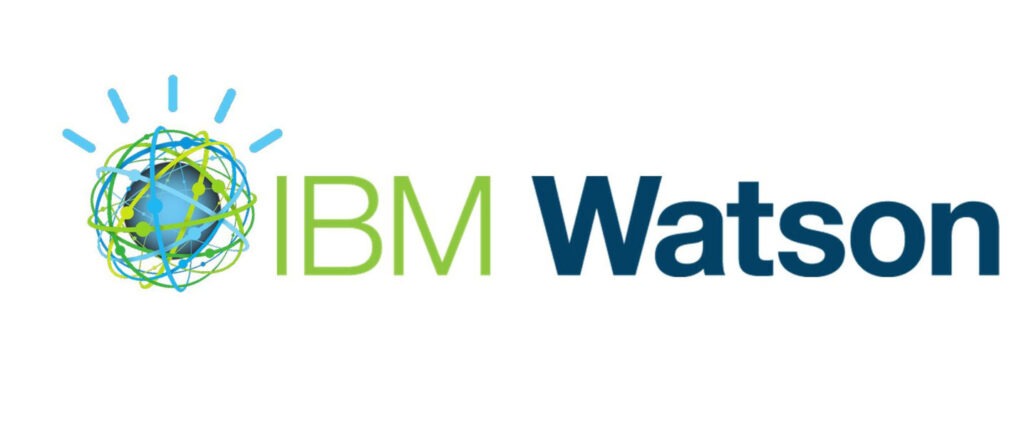
IBM might be the most famous chatbot at the moment. Presently, it is aimed to help enterprises optimize processes and solve problems with insights to predict and shape outcomes.
The chatbot development framework offers 4 main functions:
- IT operations
- Customer service
- Risk and compliance
- Financial operations
10. Amazon Lex
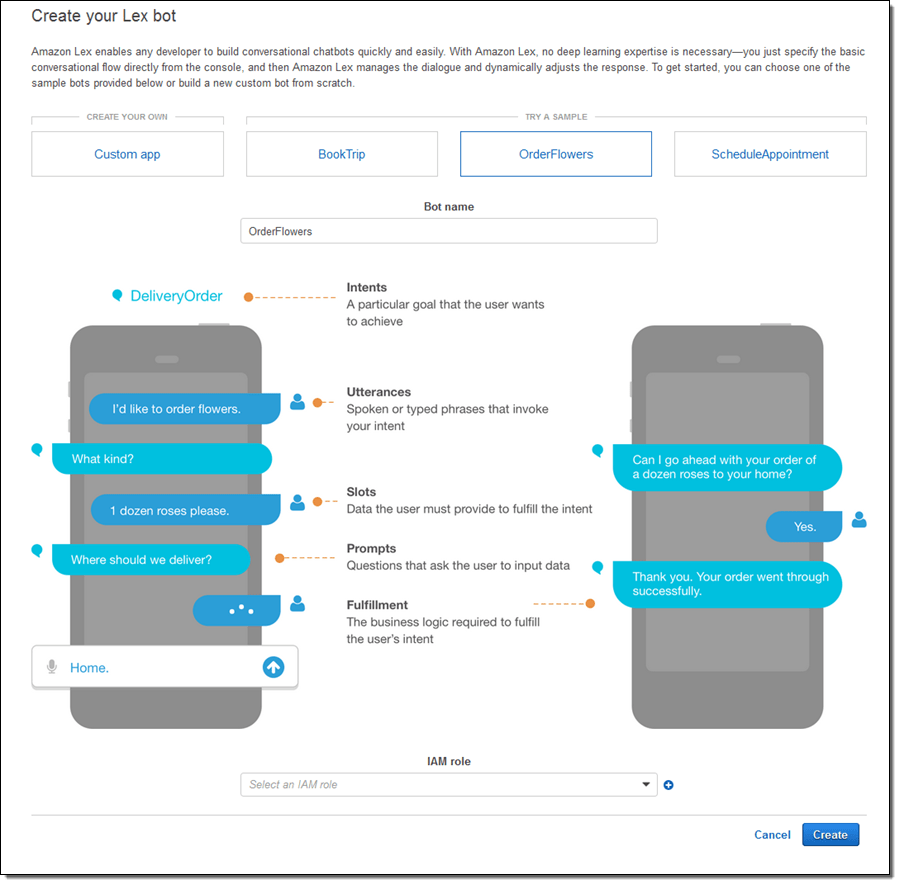
Amazon Lex is a framework that lets developers build conversational user interfaces for any app they want using text and voice. Using a wide range of Amazon’s technologies makes the framework work better. Specifically, this system employs Amazon Cognito to check if a user is who they say they are. After that, the audio is turned into text with the help of a system that automatically recognizes speech.
Upsides:
- Because it has self-scaling features, the developer doesn’t have to take care of the infrastructure and hardware in order for the bot to grow.
- It makes it possible to deploy to a number of platforms with just one click because it helps those platforms.
- Create, test, and deploy chatbots without leaving the Amazon Lex console using its intuitive interface.
- Speech recognition of a high quality and the ability to grasp natural language.
- Integrations with HubSpot, Zendesk, and Salesforce are available.
Downsides:
- It does not support multiple languages. English is the only language that can be used with the framework.
- Using the framework to prepare data is a difficult way to do things.
Compatible communication channels: Slack, Facebook Messenger, Twilio SMS, and Kik.
Pricing: Amazon Web Services figures out the cost of using this framework based on the total number of requests. This is different from other frameworks, which have a set monthly rate.
Significant clients: Vanguard, OSU-OKC, Dropbox
11. Botsify
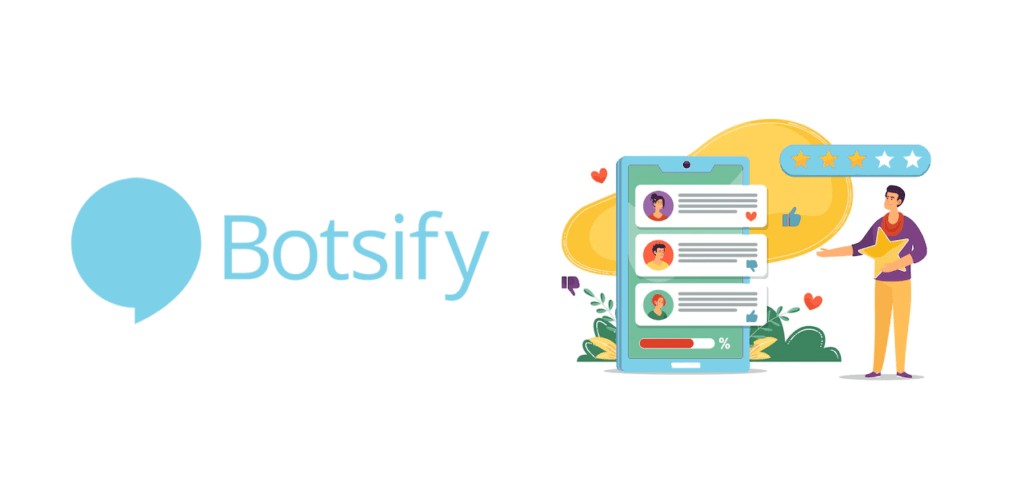
The Botsify chatbot framework was made so that Facebook Messenger could do business successfully through Facebook pages. Accordingly, this is what made people want to make the framework. With Botsify, you don’t need to know how to code before you can make a chatbot that works.
Upsides:
- It’s great that Botsify works with Google Sheets, websites, eCommerce platforms like Shopify and WordPress, and other platforms and apps.
- Customers say that when they use it, they have a good time.
- It responds to you almost right away and does what you tell it to do.
- It only gives intelligent feedback.
- There are already-made templates that make it easy to put together chatbots quickly.
- It’s easy and quick to connect to websites and other services.
Downsides:
- The user interface is not as simple to use as other available choices.
Compatible communication channels: Website, Messenger, WhatsApp, Telegram. WordPress, SMS
Pricing: Starting from $40.
Significant clients: Amazon, Shazam, and Universal Media Group
12. Rasa
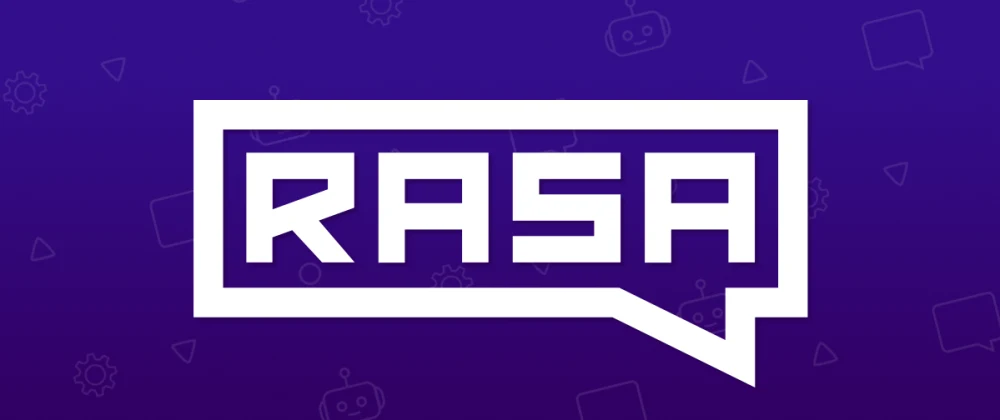
The Rasa Stack is a conversational framework that can be downloaded for free. Rasa is mostly made up of the Rasa Core and the Rasa NLU. Additionally, it is the infrastructure layer that gives developers the tools they need to build, improve, and use smarter AI assistants. It is a framework for machine learning that can automate both text-based and voice-based assistants. Finally, the architecture will give the tools and infrastructure that the assistants of the future will need to be contextual, resilient, and high-performing.
Upsides:
- The framework makes it possible to make chatbots that are very personalized.
- The developer can use a wide range of processing pipelines to handle conversations with users.
- If you want to, you can use the chatbots as simple HTTPS servers.
Downsides:
- On the server side, chatbots built with the framework take up a lot of resources.
- It doesn’t have direct connections to chat systems that are already set up and ready to go.
Compatible communication channels: Facebook Messenger, Rocket.Chat, Slack, Telegram, and Twilio.
Pricing: Customized pricing.
Significant clients: T-Mobile, helvetia, Orange, Raiffeisen
13. Tidio
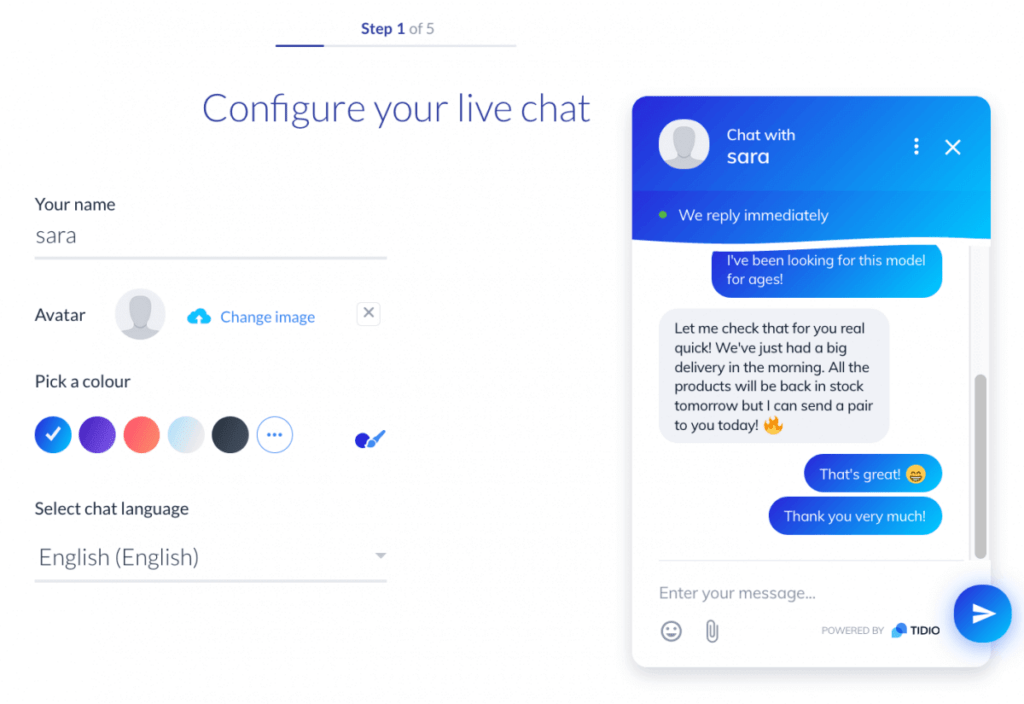
Tidio offers an elegant approach for your business to meet its chatbot needs. For instance, you can reach your business goals if you use Tidio to connect with more customers, increase sales, and reach your goals. The user interface is nice to look at, easy to understand, and can be changed completely so that it fits each business’s needs. Also, the fact that it is possible to use multiple channels at the same time makes it an easy answer for any business.
Upsides:
- Gives you a plugin that you can use to connect your chatbot to any WordPress-based website. WordPress is by far the most popular system for managing content on websites.
- When a user sends a message through the Tidio platform, their IP address, name, and email address are automatically tracked. This information is a very important part of the advertising.
- By using a subscription platform like Tidio, which can also collect leads on your behalf, you can save a lot of money.
- Both Android and iOS users can get the Tidio app. With the app on your phone, you can talk to people, and you won’t miss any messages.
- You can also link your Facebook page to the same account so that you can use the chatbot to talk to customers who find you on Facebook as well as on your website.
Downsides:
- There is not a system for purchasing tickets.
Compatible communication channels: Facebook Messenger, Instagram, WordPress
Pricing: Free, chatbots ($39/month), communicator ($15/month), mailing ($15/month).
Significant clients: Motiv, Videlio, HealthEngine
14. Pandorabots
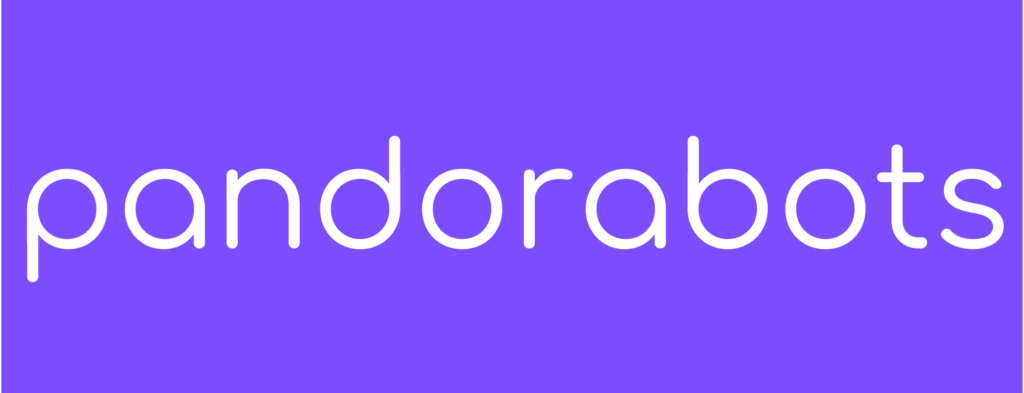
PandoraBots is one of the oldest and most popular open source chatbot frameworks for building chatbots that are still in use today. It started in 2008, and there are now more than 250,000 creators in its community. In summary, Pandorabots uses a programming language called Artificial Intelligence Markup Language (AIML) to write the script for the chatbot conversation (AIML). It has paid premium libraries and modules like the Mitsuku Module, as well as free and open-source libraries like ALICE, Rosie, and Base Bot. This is on top of the available paid premium libraries and modules, such as the Mitsuku Module.
Upsides:
- It lets you build an AI modeling language in any natural language you want.
- It can be changed and grown in a lot of ways.
- Both software developers and customer experience (CX) designers can easily use the chatbot platform.
Downsides:
- Simple statistical analysis.
- There are no direct interfaces with eCommerce systems.
- In Pandorabots, the chatbot is unable to initiate a discussion on its own.
Compatible communication channels: Website, Facebook Messenger, Telegram, WhatsApp
Pricing: Free, developer plan (starts at $19 for 10,000 messages a month), pro plan ($199 for 100,000 messages a month).
Significant clients: Walmart, Barclays, American Eagle Outfitters
15. Chatfuel
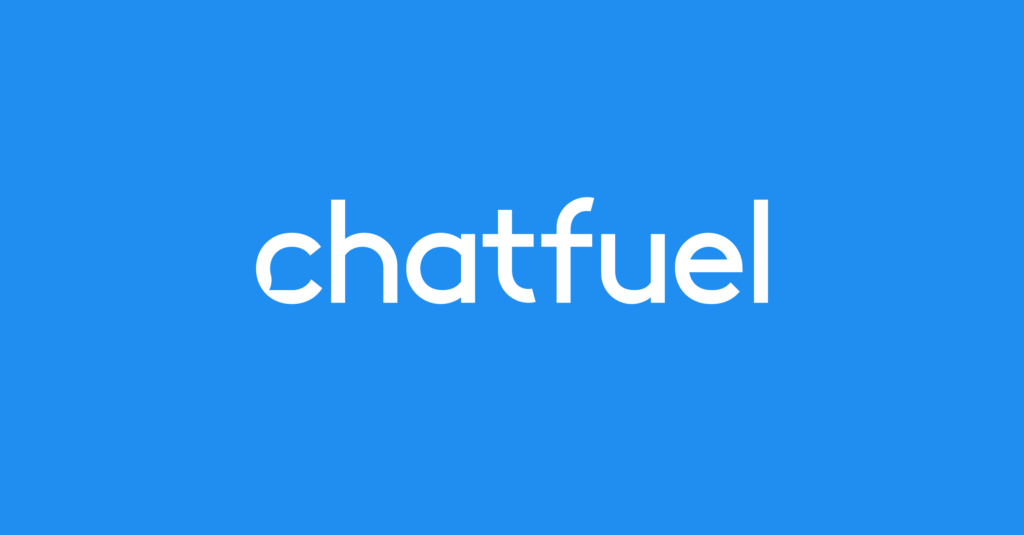
Chatfuel is a modern platform for building chatbots that can be used with the Facebook Messenger messaging app. Furthermore, it has been used to make more than 350,000 different bots, making it one of the most popular open-source systems for Facebook Messenger-based chatbots.
Upsides:
- The framework will tell the chatbots to ask customers questions about the topics you choose. This will lead to a meaningful conversation with your customers.
- When a user on the platform starts a chat session, the platform alerts the right people and starts a conversation with the consumer through its chatbot.
- You will be completely happy with its excellent customer service and dynamic reporting interface.
Downsides:
- The initial setup takes a considerable amount of time.
Compatible communication channels: Website, Facebook Messenger, Instagram
Pricing: Free, pro ($15 a month), premium, and agency (customized).
Significant clients: Netflix, Visa, Levi’s, Nissan, Lego
There Are More Excellent Open-Source Chatbot Frameworks to Explore…
…this is our top 9 at the moment, if you know some other fine chatbot framework, ping us now! And in case you want to build your own chatbot with customized features, talk to us immediately because we can help.
Designveloper is a Vietnam-based software outsourcing company that offers various services ranging from software design, and software development to business consulting!
Don’t forget to follow our Facebook, Twitter, and LinkedIn for more articles.
